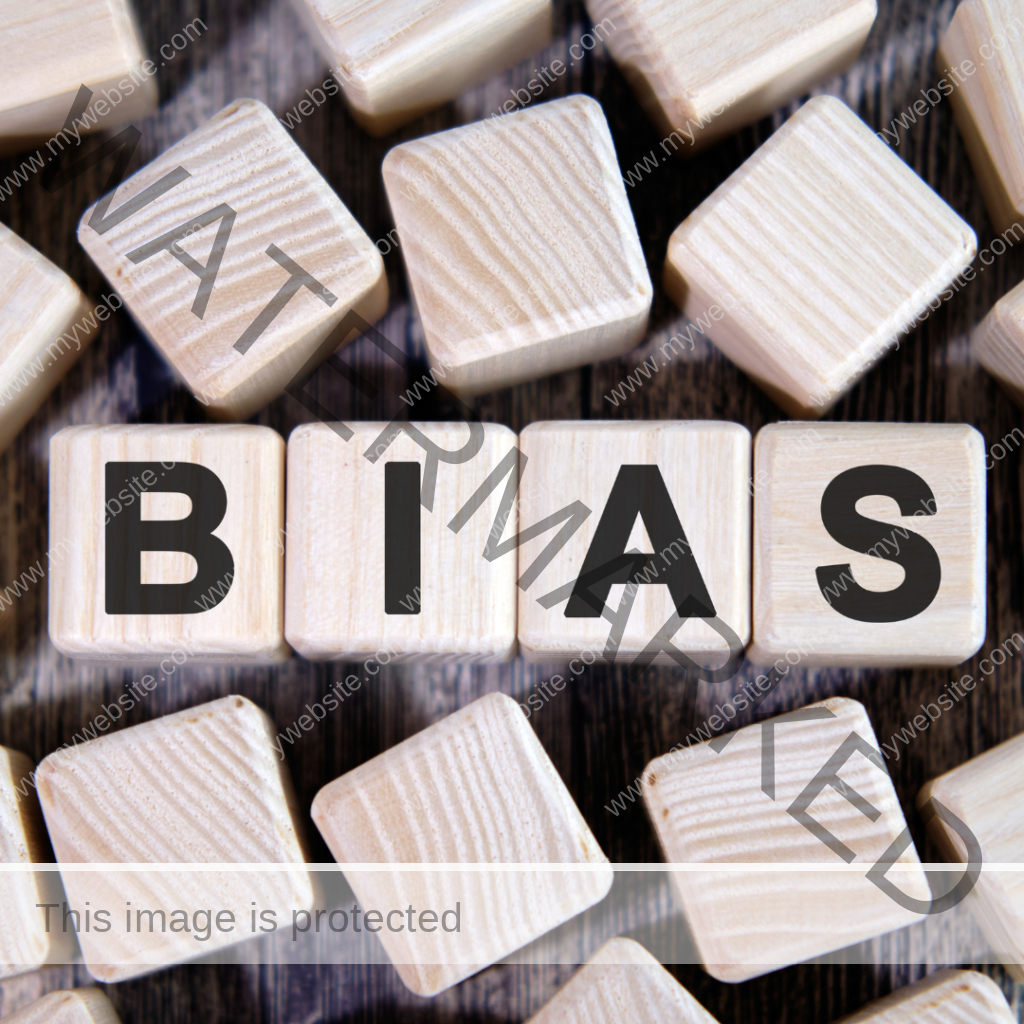
Types of Biases and Their Impact on Employees?
Did you know that there are over 100 different types of biases that can shape our perceptions and interactions? Biases are generally divided into two categories: unconscious (implicit) biases and conscious (explicit) biases. Unconscious biases are those actions or behaviors we don’t even realize we’re doing—our minds aren’t fully aware of how these can impact individuals or groups. On the other hand, conscious biases are deliberate choices; here, the individual is fully aware that their actions could potentially harm others.
Surely, no one wants to unintentionally hurt someone else, right? Everyone aspires to manage their teams fairly and without bias, but sadly, that’s not always the reality. Biases crop up in every profession, whether it’s law enforcement, healthcare, pageants, or sports. No matter the size of the organization, biases can lurk in the shadows.
Let’s consider a scenario that highlights this issue: Imagine a safety manager overseeing three shifts—morning, evening, and midnight. He decides to share important information and offer special training to the morning shift team leader, while completely excluding the evening and midnight shifts. When questioned about this favoritism, the manager claims it’s simply easier to concentrate on the day shift.

This situation is a prime example of conscious bias, where the manager intentionally favors one team leader over the others. Despite his assertion that all team leaders are doing a great job, it’s clear that this disparity creates an unfair playing field. Many may argue that the day shift is just more readily available, or that the others might not want the extra training, but the reality is that everyone deserves equal opportunity to grow and advance in their careers.
Biases can seem tempting, especially when they make things ‘easier’, but that’s a slippery slope. It’s crucial to listen when someone expresses that your actions have hurt them or made them feel less valued. Acknowledging our own biases is the first leap toward fostering awareness and creating an inclusive environment.
Here’s a thought: have you ever reflected on the origins of your own biases? Understanding where they come from can lead to powerful insights—perhaps even uncovering past emotional trauma that might require professional support for healing. Those affected by biased behavior often experience feelings of embarrassment, depression, or invalidation, leading them to withdraw and self-isolate.
As we navigate our interactions, let’s commit to being respectful and mindful of our actions. Have you ever encountered biased behavior, either directed at you or someone else? If so, how did you address it? Share your experiences and thoughts with us!
